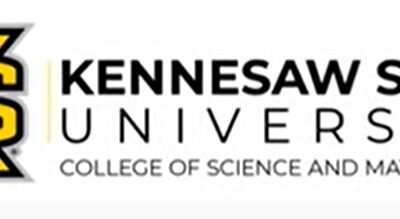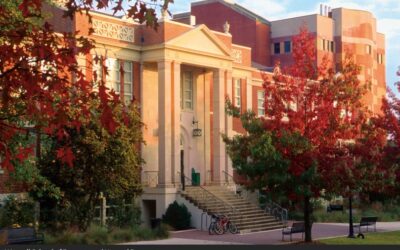Research and Breeding
Here is information and some links to the types of research and breeding activities that GA-TACF supports.
Mother Trees
Chapter members spend hours searching the mountains and hillsides of Georgia for American chestnut root sprouts that can be placed into our breeding program. One of the Chapter’s first pure American chestnut trees was found on Springer Mountain by Thomas Fowler and placed in the breeding program during the Chapter’s first breeding season. Since then many other trees have been located with the “Klaus” tree near Warm Springs bringing attention world wide as the most southern tree in the piedmont area.
Without the help of volunteers identifying new trees, our breeding program would come to a halt. Each “mother tree” can only be used to cross with one type of resistant pollen from TACF’s Meadowview Research Farm to produce about 100 backcross trees. This is usually accomplished within 2 years. The more trees we find, the more diverse the gene pool will become.
Orchards
Once nuts are harvested from the resulting backcrosses a suitable orchard must be located to plant them. Berry College was the first to offer a site that would house over 200 trees. The University of Georgia’s Mountain Research and Education Center in Blairsville became our second backcross orchard. Since then we have received many offers for orchard sites that are now in the testing stage. We test for soil suitability, predator protection and overall tree care to determine the best locations for advanced backcross trees. If you are interested in hosting a backcross or demonstration orchard, please contact us at gro.fca@retpahcag.
Latest News
GA-TACF’s Annual Meeting April 12 2025
The American Chestnut Foundation Georgia Chapter (GA-TACF) Notice of Annual Meeting GA-TACF will hold its annual meeting on April 12, 2025, starting at 10:00 AM at Kennesaw State University (see directions below). Chapter members are invited and encouraged to attend,...
GA-TACF Chestnut Seedling Distribution Event!
GA-TACF will hold a chestnut seedling distribution event on Saturday February 8 from 12 noon - 5 pm at River Remedy Brewing, Rome, GA https://www.riverremedybrewing.com/home Most of the seedlings will be hybrids derived from the TACF backcross breeding program. Most...
GA-TACF Annual Meeting May 11, 2024
The American Chestnut Foundation Georgia Chapter (GA-TACF) Annual Meeting Announcement The Georgia Chapter of The American Chestnut Foundation will convene for its annual meeting on May 11th, 2024 at 10:00 AM, at the Warnell School of Forestry and Natural Resources,...




